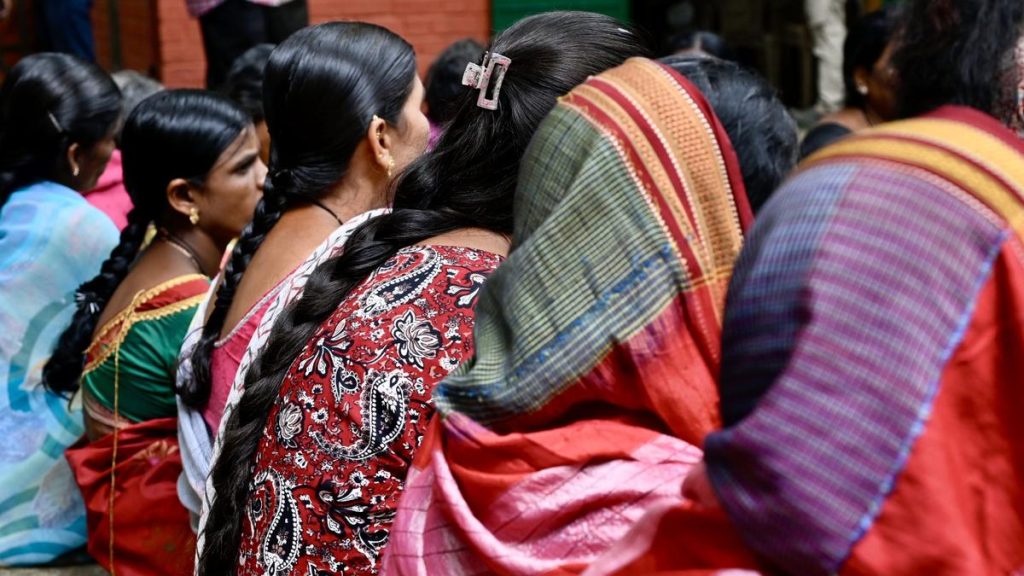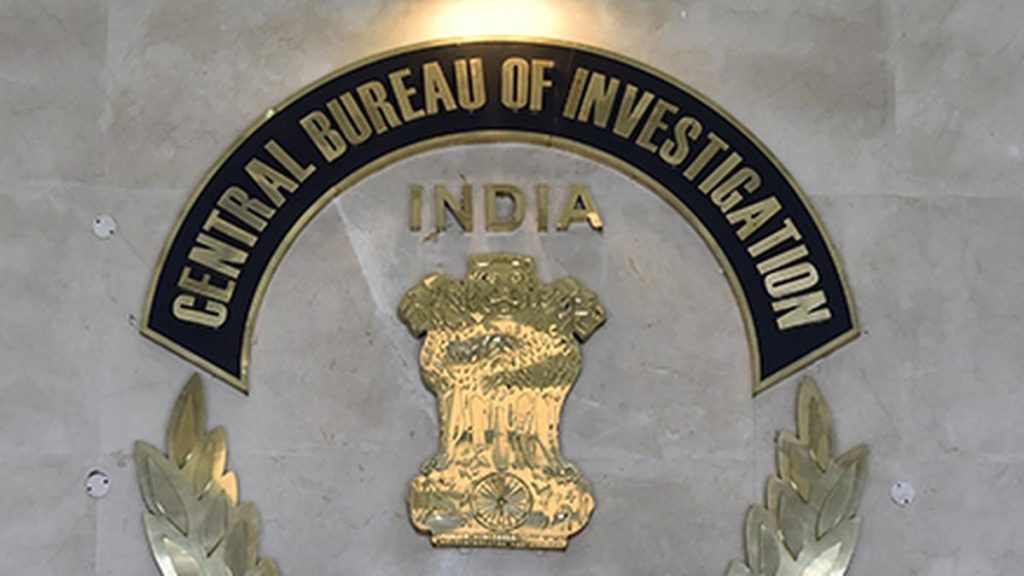Now Reading: Traditional Diets Match Fasting in Weight-Loss Study
-
01
Traditional Diets Match Fasting in Weight-Loss Study
Traditional Diets Match Fasting in Weight-Loss Study

Quick Summary
- Study Overview: Analysis of 99 randomized clinical trials (6,582 adults) compared intermittent fasting diets with continuous energy restriction or unrestricted diets on body weight and cardiometabolic factors. Average BMI of participants was 31; about 90% had existing health conditions.
- Key Findings:
– All intermittent fasting approaches and calorie restriction led to small reductions in body weight versus an unrestricted diet.
– Alternate day fasting showed slightly greater benefit for weight loss compared to other intermittent fasting methods and continuous calorie restriction (mean differences ranged between -1.29 kg to -1.69 kg).
– Cholesterol impacts varied: alternate day fasting reduced total and “bad” cholesterol compared to time-restricted eating,while time-restricted eating raised cholesterol levels relative to whole-day fasting.No notable effects were found on blood sugar or “good” cholesterol levels across diets.
- Clinical Threshold & Limitations: Weight loss did not meet the clinically significant threshold of at least 2 kg for individuals with obesity. Many trials involved high variability, small sample sizes, and low-to-moderate certainty evidence.
Linking editorial Notes:
- Alternate day fasting is seen as one option among various therapeutic strategies that should complement-not replace-existing dietary interventions.
- Professional support, structured planning, nutritional education, and sustainable habits over time are critical components for success.
Indian Opinion Analysis
The study highlights a key shift toward exploring alternative dietary strategies like intermittent fasting within nutritional research for addressing obesity-related health challenges in India and globally.While alternate day fasting showed marginally better results than other methods or continuous energy restriction in terms of weight reduction and cholesterol enhancement, its failure to meet clinically significant thresholds emphasizes the need for tempered expectations regarding immediate impact.
For India-a country grappling increasingly with lifestyle-induced diseases such as diabetes and cardiovascular issues-the findings introduce another viable tool into medical practice but underscore its supplemental nature alongside conventional approaches like balanced calorie-controlled diets enriched by local food staples. Furthermore, the report identifies sustainability through professional guidance as critical; this aligns well with India’s public healthcare efforts focused on long-term behavioral change rather than temporary fixes.
Given familiar cultural practices such as religious fasts observed periodically by various communities across India, this opens up an opportunity were controlled forms of structured intermittent dieting could be more socioculturally acceptable compared to rigid caloric restrictions-potentially increasing adherence rates while maintaining holistic care models tailored individually over time.
Nonetheless, deeper investigations are needed locally into feasibility concerns surrounding accessibility across socio-economic strata when deploying professionally guided programs emphasizing both affordability and availability within public frameworks.




























